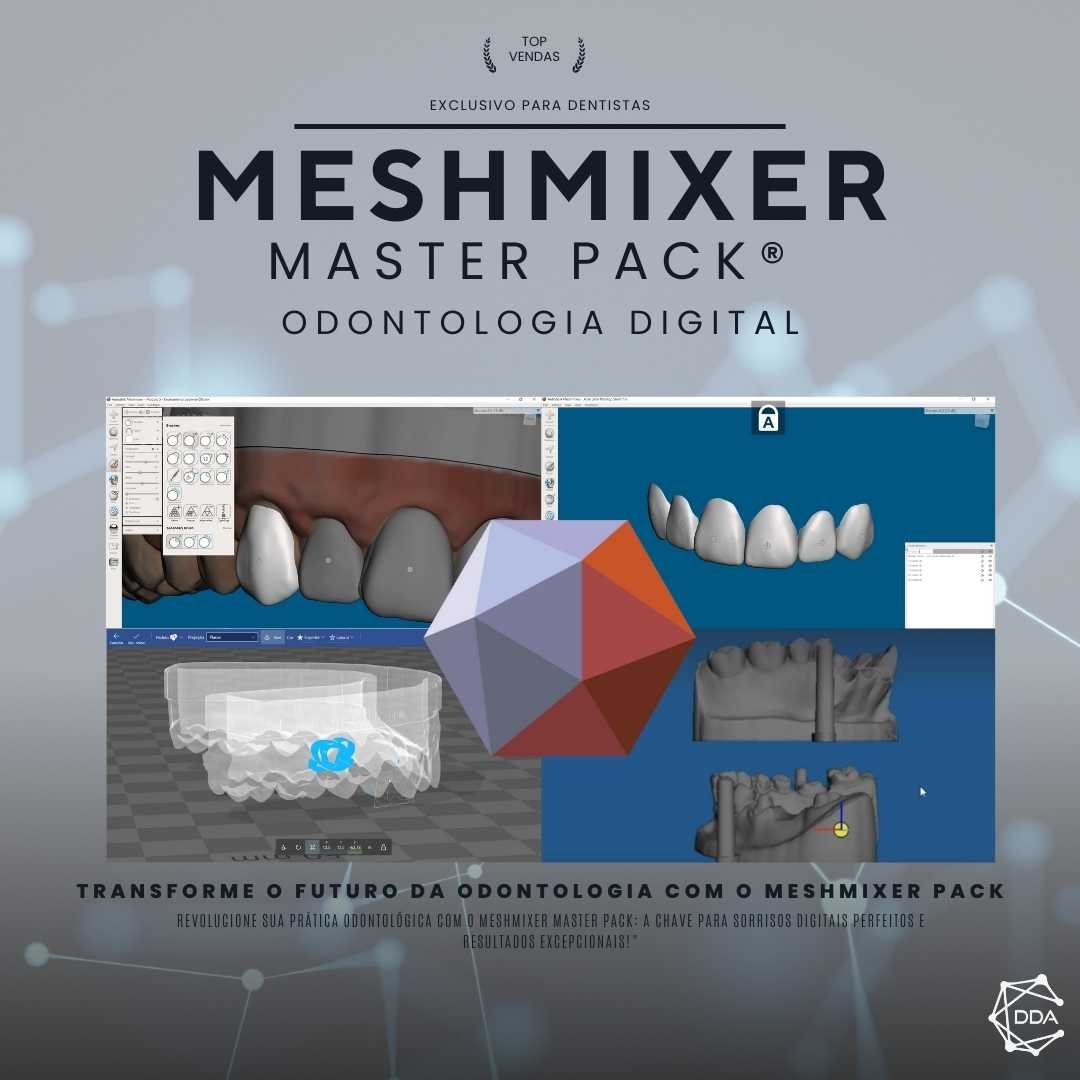What is it: Intraoral Digital Models
In the world of dentistry, technology has advanced rapidly, bringing innovations that revolutionize the way professionals work and patients are treated. One such innovation is the use of intraoral digital models, which replace the traditional plaster molds used to create replicas of a patient's teeth and mouth.
How does the creation of intraoral digital models work?
Creating intraoral digital models is a process that involves using intraoral scanners to capture 3D images of the patient’s mouth. These scanners are small, portable devices that are inserted into the patient’s mouth and use structured light technology to capture accurate images of the teeth and oral structures.
Once the images are captured, they are sent to specialized software that reconstructs a 3D digital model of the patient’s mouth. This digital model can then be viewed and manipulated on a computer, allowing the dentist to perform detailed analyses and plan treatment more accurately.
What are the advantages of intraoral digital models?
The use of intraoral digital models offers several advantages compared to traditional plaster models. One of the main advantages is the precision of digital models, which are much more detailed and faithful to the patient's oral anatomy.
Additionally, digital models are more durable and easier to store, as they are not at risk of breaking or deteriorating over time. They can also be easily shared with other professionals, which facilitates communication and collaboration between members of the dental team.
Applications of intraoral digital models
Intraoral digital models have a wide range of applications in dentistry. They can be used for orthodontic treatment planning, allowing the dentist to visualize and simulate tooth movement before starting treatment.
Additionally, digital models can be used to make dental prostheses, such as crowns and bridges. The dentist can use the digital model to accurately design the prosthesis and send the information to a dental laboratory, which will manufacture the prosthesis based on the digital model.
Benefits for the patient
The use of intraoral digital models brings several benefits to the patient. Firstly, the process of creating the digital model is much faster and more comfortable than using plaster molds, which makes the patient's experience more pleasant.
Additionally, digital models allow for more accurate treatment planning, resulting in more predictable and efficient results. This means that patients can receive treatment faster and with less discomfort.
Final considerations
Intraoral digital models are a technological innovation that is revolutionizing dentistry. They bring precision, durability and ease of sharing, in addition to speeding up the treatment process and improving the patient experience.
As technology advances, it is likely that intraoral digital models will become increasingly common in dental practice, replacing traditional plaster models. Therefore, it is important that professionals in the field are up to date and prepared to use this technology for the benefit of their patients.


